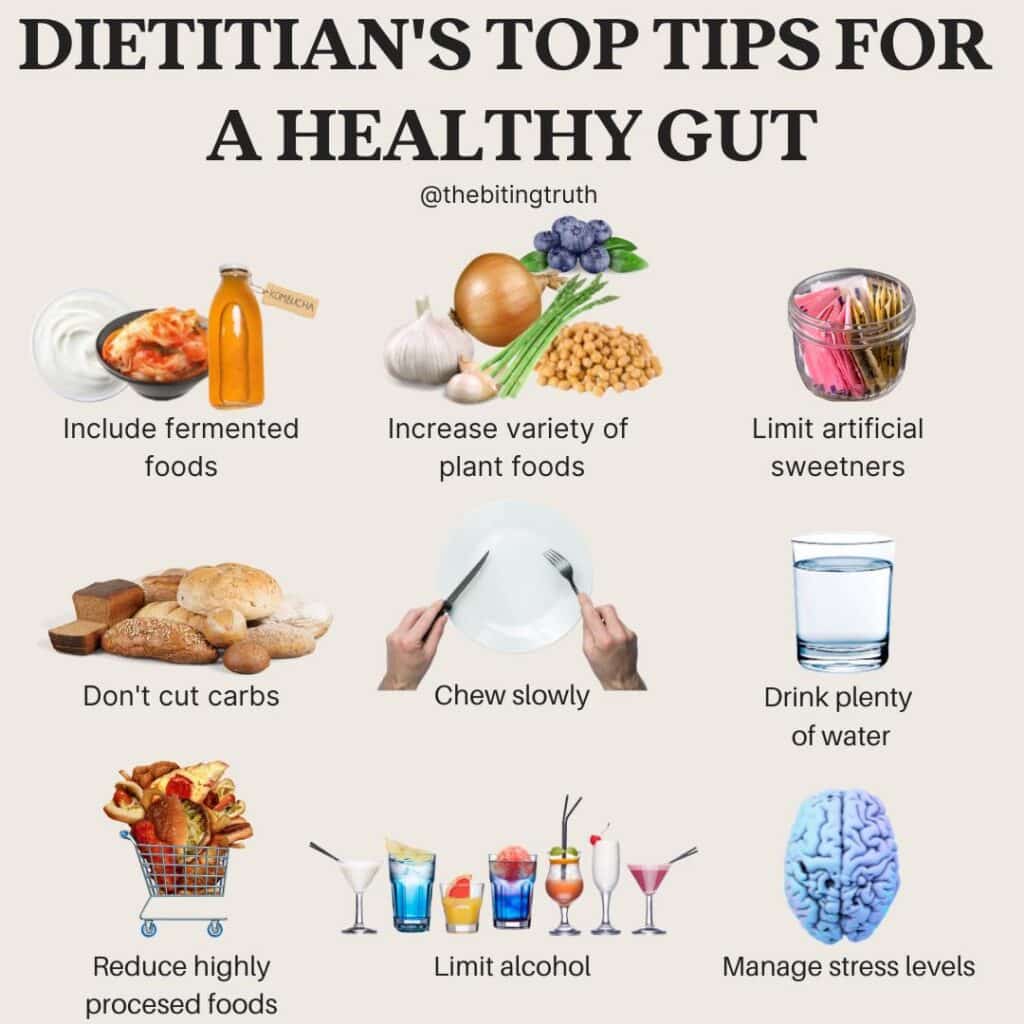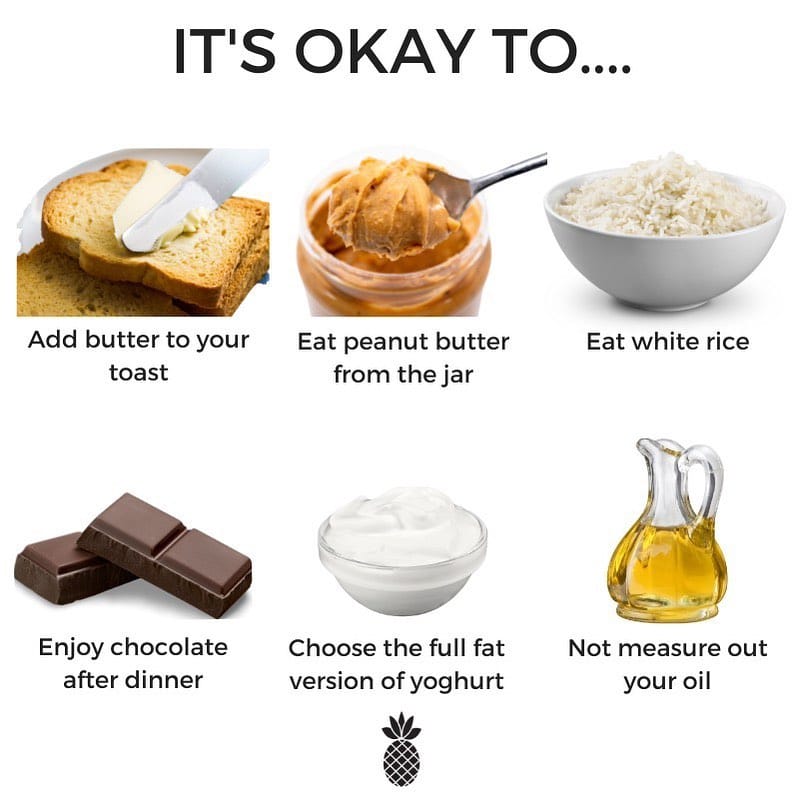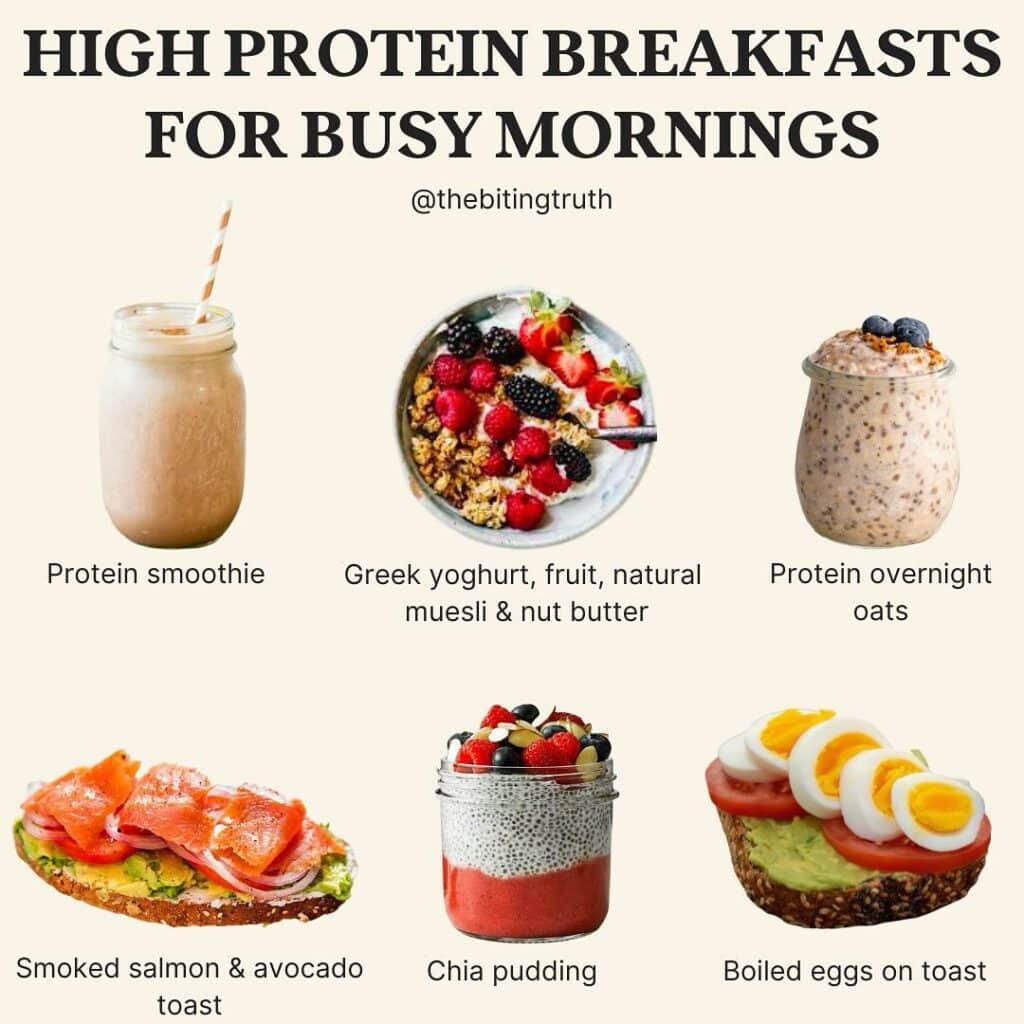If you find yourself hungry between meals, overeating at mealtimes, or feeling tired throughout the day, incorporating snacks into your daily routine might be a game-changer.
Snacking, when done right, can be an effective way to maintain energy levels, curb hunger, and provide essential nutrients. However, it’s important to snack smartly to avoid potential pitfalls.
In this blog, we’ll explore the benefits and potential downsides of snacking and provide three simple steps to help you snack successfully.
The benefits of snacking:
- Boosts Energy: Provides a quick energy boost between meals.
- Curbs Appetite: Helps prevent overeating at the next meal by keeping hunger at bay.
- Adds Nutrients: Whole food snacks can add extra nutrients to your diet.
- Maintains Nutrition: Helps maintain adequate nutrition, especially if you have a poor appetite.
Potential downsides of snacking:
- Unwanted Weight Gain: Over-snacking or choosing high-calorie snacks can lead to excess kilojoule intake.
- Reduced Meal Hunger: Snacking too frequently can decrease hunger at meal times or lead to skipping meals, risking nutrient deficiencies.
- Poor Dietary Habits: Regular consumption of ultra-processed snacks high in salt, sugar, and fats can lead to poor eating habits and lower diet quality.
To ensure snacking works for you and not against you, consider these three simple steps to snacking success:
1. Think about WHY you are snacking:
If you find yourself snacking frequently, ask yourself if you’re truly hungry or if you’re eating due to emotions such as boredom, stress, or fatigue. If it’s genuine hunger, then go ahead and have a snack. If it’s emotional eating, try other strategies like going for a walk or calling a friend.
2. Choose WHAT you snack on carefully:
A satisfying snack should alleviate hunger, be enjoyable, and tide you over until your next meal. Reflect on your last snack: Did you still feel hungry or want to keep eating shortly after finishing it? Opt for snacks high in protein and/or fiber to enhance satisfaction.
3. Be mindful of the SIZE of your snack:
A snack portion should be enough to satisfy but not so much that it interferes with your appetite for your next meal or adds too many kilojoules. Remember, a snack is a snack, not a meal. Aim for about 150-250 calories per snack as a general guideline.
Here are 30 Healthy Snacks to try
- Veggie sticks and hummus
- Wholegrain crackers and hummus
- Piece of fruit
- Edamame beans
- Unsalted nuts
- Boiled egg
- Cheese and wholegrain crackers
- Cottage cheese and wholegrain crackers
- Tuna and avocado on wholegrain crackers
- Cottage cheese and veggie sticks
- Greek yoghurt with fruit
- Greek yoghurt with unsalted nuts or seeds
- Muesli snack bars
- Multigrain rice cakes with nut butter and banana
- Multigrain rice cakes with cottage cheese
- Roasted chickpeas
- Roasted fava beans
- Seaweed
- Sliced apples and peanut butter
- Celery sticks with peanut bitter
- Sliced bananas and peanut butter on wholegrain crackers
- Fruit smoothie
- Trail mix
- Popcorn
- Savoury muffins
- Frittatas
- Baked beans on wholegrain toast
- Wholemeal fruit toast with ricotta and banana
- Chia pudding with berries
- Dates with peanut butter
By understanding the benefits and potential downsides of snacking and following these simple steps, you can make snacking a healthy and enjoyable part of your daily routine.
—
Notes






